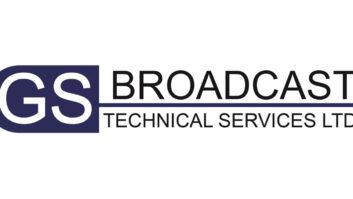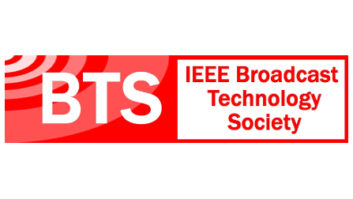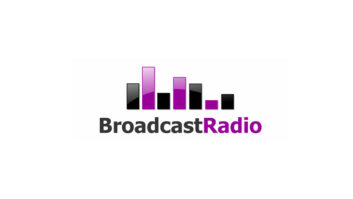Geo Broadcast Solutions recently applied to the Federal Communications Commission for a rule change that would allow its new ZoneCasting System, which combines radio, cellular, GPS and mobile broadband technology to let FM broadcasters tailor content to specific regions. Harris has a ZoneCaster box on display here at the NAB Show in Las Vegas.
(click thumbnail)

The company website notes that in order to get permission to broadcast different content in multiple geographic zones within a single contour, it must ask the FCC to change its rules regarding booster transmissions.
RW sought to learn more. According to an email from engineer Bill Hieatt, chief technology officer for Geo Broadcast — which has been developing the system since 2009 — ZoneCasting “uses the Harris SynchroCast IP technology within the zone … however it is designed in a more cellular type configuration so it is different than a ‘traditional’ booster that is used in FM radio.”
In the past, the idea of such targeted broadcasting has been easy enough when a great natural terrain shield exists, like in the mountain- and valley-laden Salt Lake City. “People have been engaging the use of boosters, mini antennas to supplement areas inside their signal coverage where they had poor delivery,” Geo Broadcast CEO Peter Handy told Radio World.
The ZoneCasting system, according to Handy, has proved effective in minimizing “mush zones,” even in “pancake flat” areas like Sebring, Fla., where the elevation is less than 150 feet total.
“We’ve created a system where you have your own mini-transmission inside a big transmission,” says Handy. “Our system that we’ve tested, it works. There are transition points where there’s some interference, but it works.”
How does the Geo Solutions product differ, specifically, from what manufacturing partner Harris Communications has sold over 20-plus years?
“It is different in design philosophy,” Hieatt says. “Boosters, in the traditional sense, are to ‘fill in’ areas of low signal strength from the main transmitter. We view them more in a configuration where we can localize coverage, and in flat terrain that means highly directional antennas at lower heights. In general, these boosters are not radiating RF except those times that the local ‘zone’ community would benefit from them.”
Handy says that the benefits of their system for advertisers are immense, because you can more easily target commercials to a specific area. It can also serve the public interest in the event of an Amber Alert or a similarly localized announcement over the airwaves.
“We could drop our system into Moscow, into Berlin into Paris, anywhere where there are local FM radio systems,” Handy says.
Using the cellular approach means that the mush zones occur in areas “where it has minimal impact,” Hieatt says.
All transmitters are FM and HD-capable and can be shared with other broadcasters. According to Hieatt, “We believe this is a win-win for the industry. Sharing cap-ex and op-ex costs helps everyone.”
“I know it sounds cliché, but it’s part art and part science,” Handy adds.











